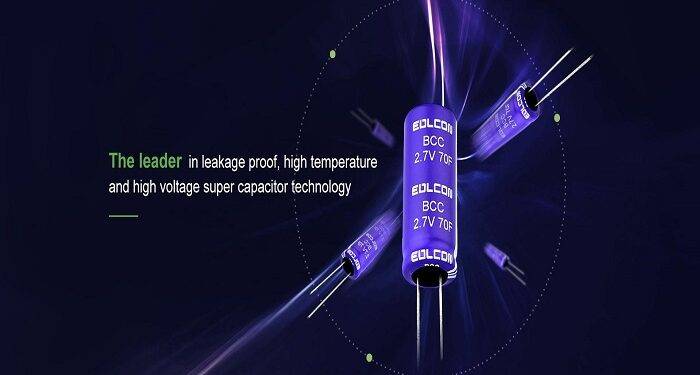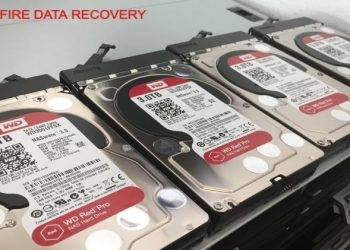Batteries for electric vehicles are one example of a high-power application that makes use of supercapacitors. This blog post will compare and contrast Beryl supercapacitors with electrolytic capacitors, outlining their manufacturing processes and intended uses.
Electrolytic capacitors vs supercapacitors
A capacitor that retains energy in an electric field is known as a supercapacitor. An enormous quantity of energy may be swiftly released from a supercapacitor when it is charged. Because of this, supercapacitors are ideal for uses like electric cars and portable gadgets where you require short bursts of power.
Additionally, because of their low resistance, they may discharge fast and provide a significant amount of power. Finally, supercapacitors don’t spark when they discharge since they are non-flammable.
An electrolytic capacitor is a particular kind of capacitor that stores energy via an electrochemical process. Ions from the battery mix with the electrolyte of an electrolytic capacitor during charging. The resultant ions are highly polarized and held to allow for their prompt and effective release. Instead, they use an electrolyte that is made up of the ions created when the battery and capacitor are coupled. The ions from the capacitor flow into your circuit to charge it when you change the polarity of the battery and attach it to another circuit.
The Function of Beryl Supercapacitors
Beryl supercapacitors are more recent capacitor types with certain distinct characteristics. They function somewhat differently from other varieties of capacitors and have a large energy storage capacity in a compact design. Beryl supercapacitors, for instance, may be used in gadgets like electric automobiles and phones because they can fast provide power when required and then gently release the energy so that the gadget isn’t harmed.
What Benefits Does Supercapacitor Technology Offer?
Supercapacitors provide several benefits over conventional capacitors. They can keep a bigger charge for a longer period because of their much higher power capacity, for starters. They are thus perfect for uses where high-power bursts are needed, such as in medical equipment or electric cars. Supercapacitors are an attractive option for use in severe settings since they are also heat- and fire-resistant. Finally, they are less expensive than conventional capacitors, which makes them a great option for situations where cost or space are important considerations.













